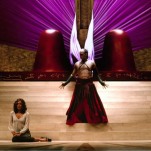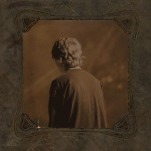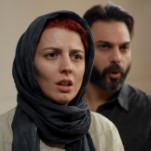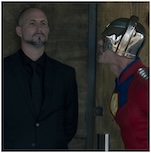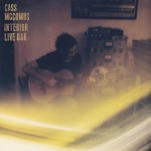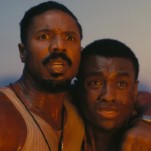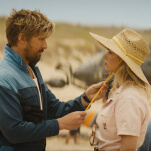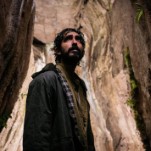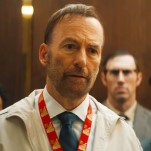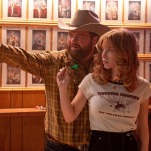The Legend of Zelda: A Link Between Worlds (3DS)
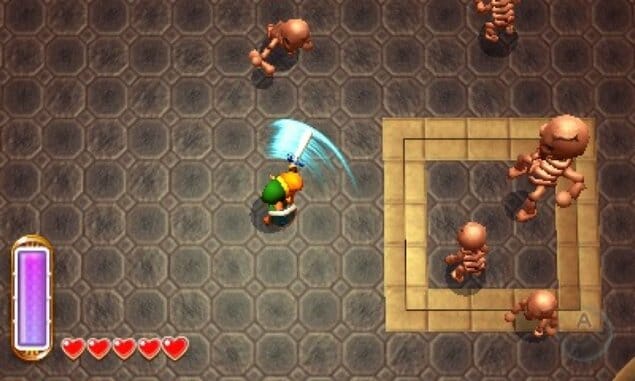
Every new Zelda is always the best Zelda since whatever older Zelda is currently considered the best. We may not agree, but it takes zero seconds of internet time to find would-be game cognoscenti praising every latest Zelda as the greatest since whatever Zelda came out when they were twelve. It’s the circle of Zelda, a love that spans time and space and sucks us back to middle school days while conveniently ignoring whatever Zeldas don’t fit the message.
The Legend of Zelda: A Link Between Worlds is the best Zelda since Wind Waker. I was twelve twice over (plus one) when Wind Waker arrived. A quarter century of excellence.
Nintendo has cannily made this persistence a central part of the Zelda mythos. Every Zelda stars the same hero but a different person, in a different time, sometimes in a different world. We are all Link, when we’re in elementary school, when we’re in college, when we’re sneaking minutes between baby feedings. There are sub-series within this larger framework, and The Legend of Zelda: A Link Between Worlds is a relatively direct follow-up to the SNES’s beloved A Link to the Past. Same overworld map and everything. But even though the world is familiar this is yet another Link, another green-clad boy tasked with saving a girl and a world from an evil sorcerer.
As always the thrill of a Zelda is the sense of growth and discovery that builds up inside as we complete dungeon after dungeon. We start as a boy with a stick and eventually turn into a slightly older boy with a personal arsenal of sporting goods and magic wands. A Link Between Worlds preserves that powerful feeling of progression, even as it fundamentally changes our relationship with the game’s items and power-ups.
Of course there’s a boomerang in this game. There are bombs and shields, bows and arrows, and rods that shoot fire and ice and make sand rise into mighty columns. This is a Zelda game. Instead of finding these items in the depths of whatever dungeon they’re most useful in, though, and having permanent use of them from then on, you have to either rent or buy them from a rabbit-masked shop-keep squatting in Link’s home. Rentals are cheap, usually 50 to 100 rupees, but when you die (which you probably will, eventually) those items are returned to the store. You have to rent them again. It’s a degree of punishment in a game that features minimal punishment for long stretches for play.
I first died so many hours into the game that the loss of my items came as a surprise. I had forgotten that I was just renting them. I didn’t have enough money to rent every object again, so I had to target the ones most crucial to my most pressing goal. And then I had to scrounge up as many rupees as possible in hopes of buying every weapon outright. That is expensive.
-

-

-

-

-

-

-

-

-

-

-

-

-

-

-

-

-

-

-

-

-

-

-

-

-

-

-

-

-

-

-

-

-

-

-

-

-

-

-

-


